AR for Community Colleges: Phases
Recruitment
In-depth strategies for recruiting learners for AR training.

Learner Profiles
In seeking to democratize AR training, community colleges can adopt a recruitment strategy open to all learners, regardless of academic or professional background. However, they should still have defined targets. For instance, Southeast Kentucky Community and Technical College marketed to three distinct lanes: non-credit learners, full-time students, and local employers looking to upskill their workers.
A wide recruitment strategy introduces the added benefit of “cross-pollination” for learners: having diverse professional backgrounds in the classroom replicates a real-world setting and allows learners to see different AR use cases through the work of peers. Using this strategy, our partners have had learners participate who are from academic and professional interests as diverse as photography, marketing, business administration, and game design, alongside the more traditional AR tracks such as graphic design and IT.
Alternatively, colleges can choose to market exclusively to the current students or alumni of one specific educational track. For example, Kingsborough Community College launched programming for UX design alumni, generating recruitment materials and a pitch communicating the benefits of AR skills for UX careers. Similarly, Cañada College worked with digital art and animation learners.
Community colleges can also work with and market directly to a specific program on campus. At Red Rocks Community College, the majority of AR students came from the STEM Honors Program. When marketing in this way, a “transfer of trust” can occur; after gaining the support of the STEM Honors Program administrator, the AR program champion leaned on that support to gather the attention of students for application deadlines.
For community colleges that are relaunching AR training, programming can also be packaged as part of a bundle of relevant, related, non-credit offerings or certifications (e.g., AR pairs nicely with coding, 3-D modeling, digital art and animation, graphic design, marketing, web development, or game design) and marketed exclusively to the learners within those existing non-credit courses. From our partners’ experiences, this model tends to work well once the community college has both established buy-in from internal stakeholders and cultivated widespread learner interest.
“I hope to boost my computer skills and gain more confidence when stepping out of my comfort zone with technology in order to do well in the rapidly growing digital world.”
— Learner, Isothermal Community College

When planning, program champions should consider the following recruitment strategies/vehicles:
- Allow for an adequate recruitment timeline; because recruitment will include the work of educating the student population on what AR is and how it is used, a two-month application window for student outreach is recommended.
- Find several faculty touchpoints to pitch to relevant classes (e.g., graphic design, coding, marketing, etc.).
- Canvas at physical spaces on campus with an engaging AR experience readily available.
- Connect with a local chamber of commerce representative for assistance with publicity if your recruitment strategy involves reaching learners who might not yet be students at the college.
- Consider monetary incentives; small individual completion stipends (around $150) served as a valuable recruitment tool for several of our partners, as did purchasing tablets for learners for their AR training. If possible, for an initial training cohort, community colleges should not charge students and instead focus on generating word-of-mouth momentum for the next recruitment cycle.
- Review the sample language for email blasts and sample flier designs in the resources section.
Additionally, program champions do not have to find a single individual with all of the recommended qualifications. Several of our partners employed a “team teach” model, pairing instructors based on complementary skill sets. For example, at Isothermal Community College, a graphic design instructor worked in tandem with an IT/web development instructor.

Because first-time AR learners need clarity and context about what AR is and how it applies to career paths, early information sessions are an essential recruitment tool, allowing recruiters to answer questions and provide key information. Info sessions also provide a channel to communicate with applicants on the specific skills they will receive from the course. If sessions include a Q&A element, champions and instructors will have a chance to hear learner perspectives on the supports they might need and expectations before program launch. In an initial info session, Kingsborough Community College spent much of the time delivering context for AR—what it is and how it is used across multiple disciplines-—before discussing any of the technical aspects of the training or the Meta Spark platform. This provided learners with enough background on AR and the value of the programming for them to be confident that they made the right professional choice in choosing to be a part of the cohort.
“I’ve been working at my organization for 10 years, and my skills feel outdated. When I saw this class come out, I wanted to challenge myself.”
— Learner, Kingsborough Community College





